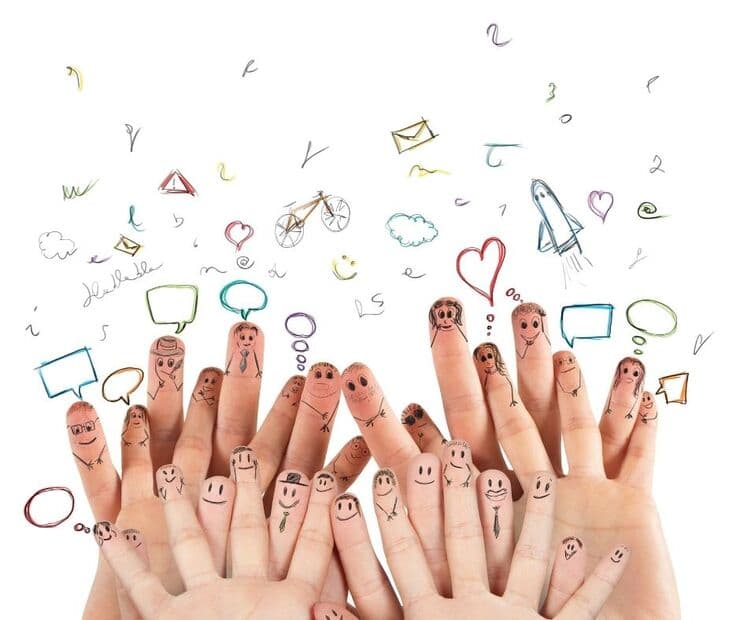
Parents have a choice in educating their children with homeschooling, virtual, and hybrid lessons. Some settings may have kids feeling isolated or missing their friends. Social-Emotional Learning, or SEL, is critical to help children grow as a person while being taught. SEL may be an unfamiliar term but has been at the forefront in education for years. Early childhood development and education build emotional intelligence, self-discipline, and perseverance. Teachers can implement lessons and activities to engage children and help them develop as individuals.
The Collaborative for Social-Emotional and Academic Learning works to help children and adults thrive. Their goal is to maintain positive relationships, develop life-long learners, and make the world a more caring place. When one applies knowledge, attitudes, and skills to manage their emotions, one can set and achieve goals. Also, possessing empathy for others helps children and adults make responsible decisions.
Social-Emotional Learning teaches students how to control their behavior by understanding the impact it will have. The more children take in these lessons, the more they become better at empathizing and collaborating with others. Kids who can’t master social/emotional skills may have setbacks in learning and disrupt the class. SEL helps connect students to the school. Lessons also help improve academic performance and children’s mental health.
How educators teach Social Emotional Learning varies. SEL lesson plans are designed to work on and strengthen five areas contributing to emotional intelligence.
- Self-Discipline: Children will be better equipped to handle their emotions and thoughts by learning self-control. Self-discipline helps improve students’ behavior, as well.
- Self-Awareness: Kids can learn to understand their feelings and thoughts better. Children can see how their inner mechanisms affect their behaviors and reactions by getting to know themselves.
- Communication: Children can learn how to form and maintain stronger and positive relationships. Learning communication skills gives kids the ability to talk with peers and make friends. Students also learn conflict resolution, managing peer pressure, and working in diverse groups.
- Empathy: Developing social awareness helps children learn how to be more compassionate towards others. Empathy helps students understand social cues and apply the appropriate behavior in different social situations.
- Decision-Making: By tying social and emotional skills together, children will be able to weigh the consequences before making a decision. Students will further understand their behavior’s impact and make the best choice.
Educators realize the importance of Social Emotional Learning, which should encompass an entire school system. The goal of SEL is to strengthen students’ emotional intelligence. By implementing lessons offering SEL, teachers can reduce bullying and improve safety. Supporting children and giving them a space to feel emotionally and physically safe makes education easier. When students feel supported by their classmates and teacher, they’ll enjoy learning. If the educational environment is tense with a level of disrespect, students won’t want to be there or learn. Teachers and children need to mutually treat one another with dignity to make time spent in the classroom pleasant. The performance will improve when everyone gets along to their best abilities. Starting an SEL curriculum in the earlier years and then consecutively will develop well-rounded young adults.
